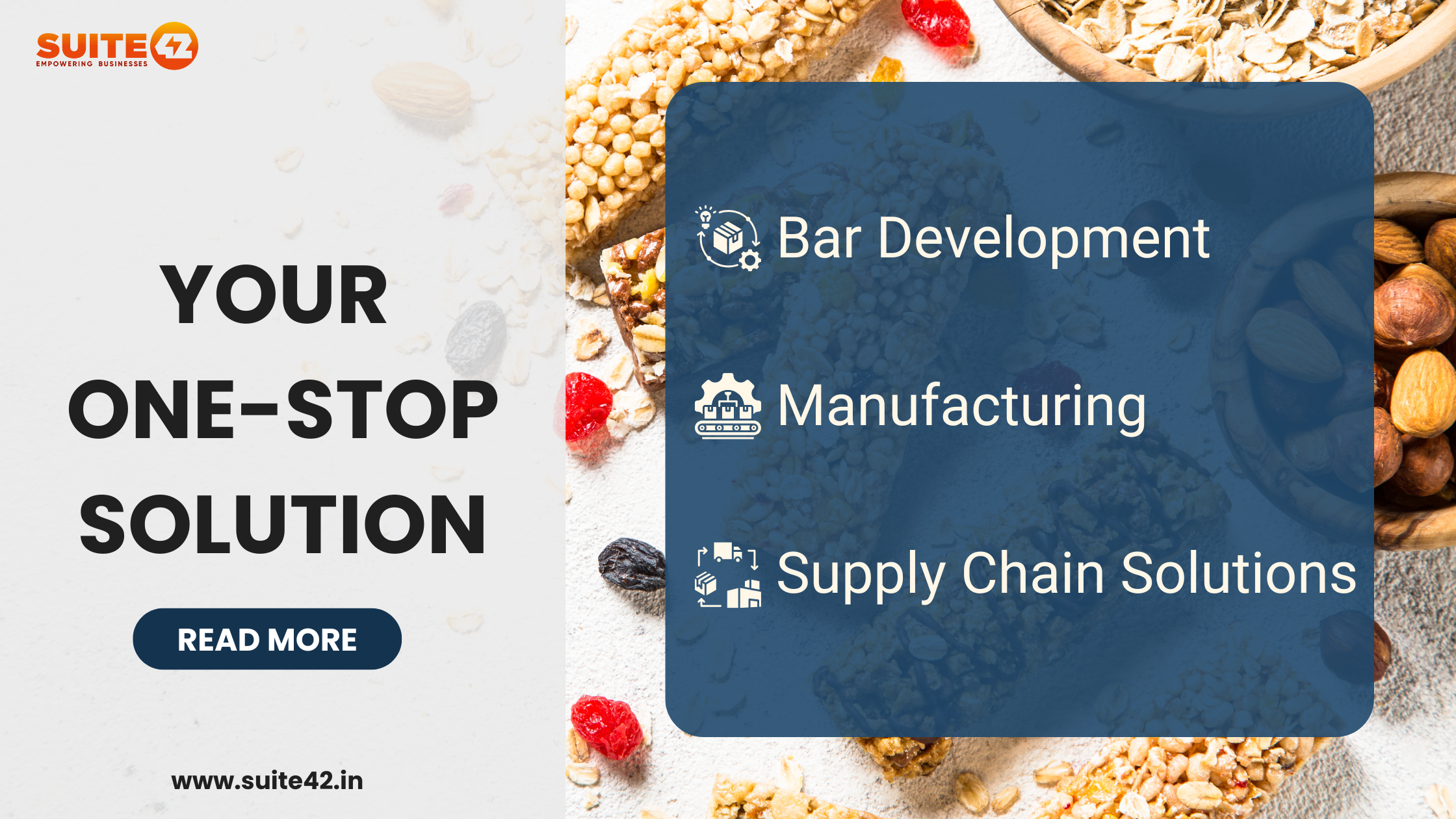
How is coffee manufactured step-by-step?
Introduction
Coffee, the lifeblood of millions, undergoes a meticulous journey from humble seed to the comforting cup we savor. Coffee manufacturing, an intricate dance of agriculture, science, and artistry, unveils the secrets behind this beloved beverage’s journey.
Coffee’s global significance transcends mere economics. It fuels conversations, fuels creativity, and fosters connections across cultures. Understanding its manufacturing process allows us to appreciate the dedication and expertise that goes into every cup, fostering a deeper connection to this global phenomenon.
Coffee Cultivation
Varieties of Coffee Beans
1. Arabica: Arabica, known as the “wine of coffee,” is revered for its sophisticated flavors, often exhibiting floral, fruity, and acidic notes. Grown at higher altitudes, Arabica beans demand meticulous care and are favored by those who appreciate the complexity in their cup.
2. Robusta: Robusta, with its robust and earthy profile, is a hardier variety, thriving at lower altitudes. Known for its higher caffeine content, it imparts a bold, intense flavor, making it a choice for those who seek a more robust coffee experience.
Ideal Growing Conditions
1. Altitude: The altitude at which coffee is grown significantly influences its flavor profile. Higher altitudes generally result in slower maturation, allowing for more complex flavors to develop. Arabica excels at higher elevations, while Robusta prefers lower altitudes for optimal growth
2. Climate Requirements: Coffee plants thrive in tropical climates with consistent rainfall. However, the ideal conditions vary between Arabica and Robusta. Arabica prefers cooler temperatures and more moderate climates, while Robusta is more resilient and can withstand warmer conditions.
Article that might interest you: A Step-by-Step Guide to Cashew Processing with Insights into Outsourcing Benefits.
Step 1: Coffee Harvesting Process
Maturity Indicators in Coffee Cherries
1. Color: The color of coffee cherries is a visual cue to their ripeness. Optimal harvesting occurs when the cherries transition from green to a deep, vibrant red. This ensures a peak concentration of sugars and flavors.
2. Size and Firmness: Size and firmness are tactile indicators of a cherry’s readiness. Skilled pickers delicately assess these qualities, ensuring that only the ripest cherries are selected for the subsequent stages of processing.
Selective Picking vs. Strip Picking
In the intricate world of coffee cultivation, the choice between selective picking and strip picking emerges as a decisive factor, shaping the very essence of the final brew. The nuanced artistry behind the coffee manufacturing process unfolds in these distinct harvesting methods, each leaving an indelible mark on the character of the coffee produced.
Selective picking, a meticulous endeavor, involves the hand-harvesting of only the ripest coffee cherries. This method, akin to a symphony conductor selecting the finest instruments, ensures a tapestry of flavors that resonates in every cup. In contrast, strip picking employs a more expedited approach, harvesting cherries in bulk, both ripe and unripe, a method akin to capturing a moment in time with a wide-angle lens

Step 2: Coffee Processing Methods
Dry Processing (Natural)
1. Sun-Drying: Sun-drying, a traditional method, involves spreading harvested cherries under the sun to allow natural dehydration. This slow process intensifies flavors and imparts unique characteristics to the beans.
2. Hulling: Hulling is the meticulous removal of the dried husk from the coffee bean. This step requires precision to unveil the green beans while preserving the integrity of the coffee.
Wet Processing (Washed)
1. De-pulping: Depulping is a mechanical process where the outer skin of the cherry is removed to extract the beans. This method results in a cleaner cup profile, as the mucilage is washed away in subsequent steps.
2. Fermentation: Fermentation follows de-pulping, allowing the remaining mucilage to break down. The duration and conditions of fermentation significantly impact the final flavor, introducing fruity and acidic notes to the beans.
Step 3: Milling and Sorting
Removal of Parchment Layers
1. Hulling: Hulling, a precise procedure, unveils the green beans, shedding the parchment layers that protect them.
2. Polishing: Polishing ensures a refined appearance, contributing to the aesthetic appeal of the final product.
Grading and Sorting
1. Size: Coffee Beans are categorized by size, a meticulous sorting process that ensures uniformity in the batch, impacting the consistency of flavor during brewing. Larger beans may have a different extraction rate, affecting the overall taste.
2. Density: Density sorting categorizes beans based on their weight, influencing their brewing characteristics. Denser beans often contribute to a richer and more complex flavor profile.
Step 4: Coffee Roasting
The Transformation of Green Beans
1. Color Changes: Roasting is a transformative process where green beans undergo a series of chemical reactions. The color changes from green to various shades of brown, signaling the development of distinct flavors.
2. Aroma Development: Aromatic compounds evolve during roasting, giving coffee its distinctive fragrance. The skill of the roaster lies in managing these compounds to achieve the desired aroma for each roast level.
Degrees of Roasting
1. Light Roast: Light roasts retain more of the original bean characteristics, offering a nuanced and vibrant profile. This is ideal for those who appreciate the subtleties of different coffee origins.
2. Medium Roast: Medium roasts strike a balance between preserving bean-origin characteristics and developing roast flavors. They cater to a broader audience with a harmonious taste.
3. Dark Roast: Dark roasts, characterized by their smoky and intense flavor, are achieved through prolonged roasting. These are favored by those who prefer a bold and robust coffee experience.

Step 5: Grinding Techniques
Importance of Grind Size
1. Coarse for French Press: Coarse grinds, tailored for French press brewing, allow for an immersive extraction, preserving the distinctive bean notes.
2. Medium for Drip Coffee: Medium grinds, versatile and balanced, ensure a harmonious extraction suitable for various drip coffee methods.
3. Fine for Espresso: Fine grinds, essential for espresso, facilitate a concentrated extraction, capturing the essence of the beans in each shot.
Step 6: Brewing Methods
Drip Brewing
1. Automatic Drip Machines: Automatic drip machines streamline the brewing process, controlling variables such as water temperature and extraction time. This consistency suits those seeking convenience without compromising on flavor.
2. Pour-Over Technique: The pour-over technique is an artisanal approach that allows for greater control over brewing variables. Enthusiasts can tailor each cup to their preferences, experimenting with ratios and pour techniques.
Espresso Brewing
1. Pressure and Temperature Considerations: Espresso brewing is an intricate dance between pressure and temperature. High pressure and a controlled temperature result in the concentrated and intense flavor associated with espresso.
2. Espresso Machine Types: Various espresso machine designs, from manual to fully automated, offer diverse options for coffee enthusiasts. Each type contributes to different extraction profiles, allowing for customization.

Extraction Time and Temperature
Optimal Brewing Duration
1. Under-Extraction: Inadequate brewing duration results in underdeveloped flavors, leaving the palate yearning for the full spectrum of taste.
2. Over-Extraction: Prolonged brewing leads to bitter notes, overwhelming the nuanced flavors and diminishing the overall coffee experience.
Water Temperature Influence
The delicate balance of water temperature significantly influences the extraction process, impacting the solubility of coffee compounds.
Flavor Profile Development
1. Bean Origin: Geographical nuances influence the flavor profile, making bean origin a pivotal factor in determining the unique characteristics of each cup.
2. Roast Level: The chosen roast level, whether light, medium, or dark, determines the overarching taste experience, shaping the final cup.
Packaging and Storage
Freshness First: Packaging plays a crucial role in preserving flavor and aroma. Airtight containers with one-way valves prevent oxidation and maintain bean freshness. Choosing the right packaging for your type of coffee is essential.
Storage Solutions: Storing coffee in a cool, dark place away from heat and light is key. Consider airtight containers or opaque canisters to further protect your beans from external elements.
Quality Control Measures
Cupping as an Evaluation Method: The revered ritual of cupping serves as a meticulous evaluation method, where experts scrutinize aroma, flavor, and body to ensure quality benchmarks are met.
Certification Standards: Adherence to recognized certifications not only guarantees quality but also underscores commitment to ethical and sustainable practices.
Meet Suite42: A solution to all your coffee needs.
Introducing Suite42, an exemplar in the realm of coffee industry solutions. As a distinguished coffee contract manufacturer, Suite42 embodies precision and expertise, seamlessly transforming raw coffee beans into bespoke blends of exceptional quality. Elevate your brand with their unparalleled coffee private label services, where each package becomes a canvas for your unique identity, meticulously crafted to stand out in a crowded market.
In the world of large-scale operations, Suite42 emerges as a cornerstone, offering seamless and efficient bulk coffee supply services. Our commitment to quality transcends quantity, ensuring that every batch delivered adheres to the highest standards. Suite42, a nexus of innovation and reliability, propels your coffee venture to new heights, where craftsmanship meets scale, and excellence becomes the hallmark of your brand. Explore the limitless possibilities with Suite42, your trusted partner in the art and science of coffee creation.
 Hyperlink to: https://www.suite42.in/contact-us-blog/
Hyperlink to: https://www.suite42.in/contact-us-blog/
The Environmental Impact
Sustainable Practices: Coffee production can impact the environment. Initiatives like shade-grown coffee, water conservation, and composting minimize environmental impact and ensure responsible coffee manufacturing.
Fair Trade & Ethical Considerations: Fair Trade certifications promote fair wages and working conditions for farmers, ensuring a sustainable and ethical coffee supply chain. Choosing responsibly sourced coffee empowers communities and protects the environment.
The Future of Coffee Manufacturing
Technological Advancements: Precision fermentation, robotic harvesting, and AI-powered roasting are some advancements changing the coffee manufacturing process. These innovations aim for improved quality, efficiency, and sustainability.
Emerging Trends: Cold brew, single-origin coffees, and nitro coffee are gaining popularity. Exploring these trends allows you to stay ahead of the curve and cater to evolving consumer preferences.
Conclusion
The Culmination of a Journey: Every cup of coffee represents a complex and fascinating journey. From the farmer’s dedication to the roaster’s artistry, each step contributes to the final experience.
An Invitation to Savor the Complexities: By understanding the coffee manufacturing process, we develop a deeper appreciation for the intricacies behind each cup. So, the next time you savor a comforting brew, take a moment to acknowledge the dedication and expertise that brought it to you.





Leave a Reply